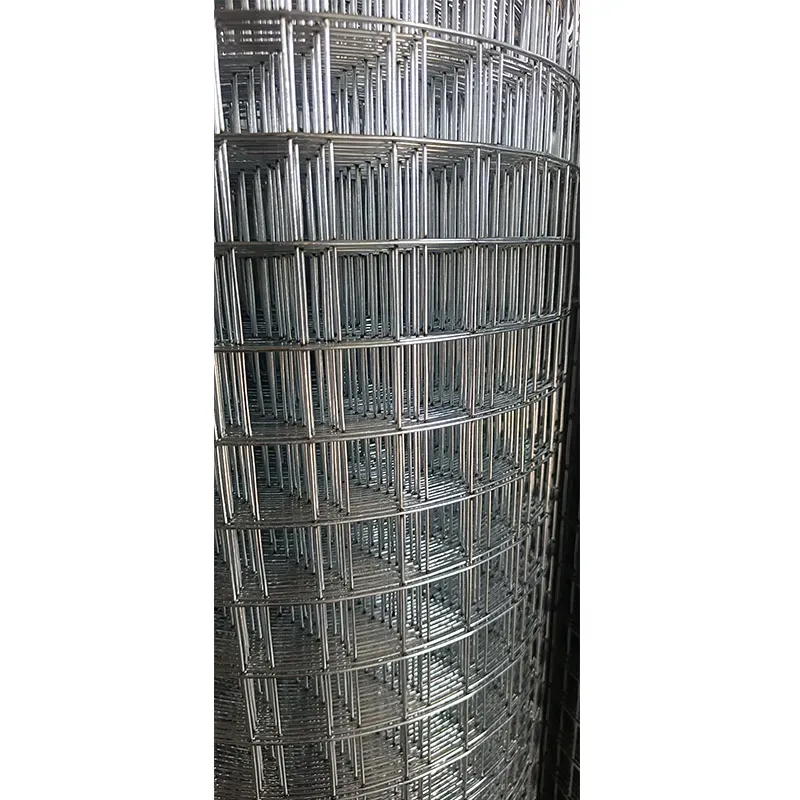nov . 23, 2024 05:27 Back to list
wire mesh for bird cage
The Importance of Wire Mesh for Bird Cages
Birds are fascinating creatures that bring charm and beauty to our lives. Whether you own a parakeet, a cockatiel, or an exotic finch, providing a safe and comfortable living environment for your feathered friends is essential. One crucial component of any bird cage is the wire mesh. This article will explore the importance of wire mesh in bird cages, its various types, and tips for selecting the right one for your avian companions.
Why Wire Mesh is Essential
The primary purpose of wire mesh in bird cages is to maintain the safety and security of the birds. The mesh serves as a barrier that prevents the birds from escaping while ensuring that they can enjoy fresh air and natural light. A well-constructed wire mesh keeps unwanted predators, such as cats or rodents, out of the cage, reducing the risk of injury or stress to your birds.
Another significant benefit of wire mesh is visibility. A cage with fine wire mesh allows owners to observe their birds easily. This is vital for monitoring their health and well-being, as any changes in behavior or physical condition can be spotted quickly. Furthermore, good visibility promotes interaction and bonding between the birds and their owners, enhancing the overall pet-owner experience.
Types of Wire Mesh
When it comes to selecting wire mesh for bird cages, several options are available, each with its advantages. The most common types include
1. Galvanized Wire Mesh This type is coated with a layer of zinc to protect it from rust and corrosion. Galvanized wire mesh is durable and long-lasting, making it suitable for outdoor cages. However, it’s essential to ensure that the individual wires are not too wide apart to prevent birds from squeezing through or getting their feet stuck.
wire mesh for bird cage

2. Stainless Steel Mesh For those seeking the highest quality and durability, stainless steel wire mesh is the best option. It is resistant to rust, easy to clean, and can withstand harsh weather conditions. This type of wire mesh is particularly recommended for larger and more active bird species.
3. Plastic Coated Wire Mesh While not as durable as galvanized or stainless steel options, plastic-coated wire mesh provides a safe and attractive solution for indoor cages. It’s essential to choose a high-quality plastic coating that is bird-safe and free from harmful chemicals.
Choosing the Right Wire Mesh
When selecting wire mesh for your bird cage, several factors should be considered. The size and species of your bird should guide your choice, as smaller birds may require finer mesh to prevent escapes and injuries. Conversely, larger birds may need stronger mesh to resist chewing and tugging.
Additionally, consider the spacing between the wires. A general guideline is to aim for a spacing of no more than ½ inch for small birds and up to 1 inch for larger species. Ensure that the edges of the wire mesh are smooth and free from sharp points to prevent injuries.
Finally, always prioritize safety and quality when choosing wire mesh. Investing in high-quality mesh and construction will provide your birds with a safe and comfortable environment for years to come.
Conclusion
Wire mesh is more than just a structural component of bird cages; it is integral to the birds' safety, visibility, and overall well-being. By understanding the different types of wire mesh and how to choose the right one, bird owners can create a secure habitat that allows their feathered friends to thrive. With the proper care and attention, your birds will enjoy a fulfilling life in their beautifully constructed cage.
-
Weather Resistance Properties of Quality Roofing Nails
NewsAug.01,2025
-
How Galvanised Iron Mesh Resists Corrosion in Harsh Environments
NewsAug.01,2025
-
Creative Landscaping Uses for PVC Coated Wire Mesh Panels
NewsAug.01,2025
-
Common Wire Nail Dimensions and Their Specific Applications
NewsAug.01,2025
-
Choosing the Right Welded Wire Sheets for Agricultural Fencing
NewsAug.01,2025
-
Anti - Climbing Features of Razor Wire Barriers
NewsAug.01,2025









